| |
|

|
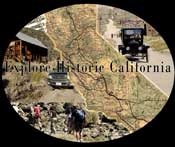
Visit our
Explore Historic California
site on
Facebook
|
CERRO
GORDO UPDATE
7/23/12 |
|
 |
|
Cerro Gordo
officially
CLOSED to VISITORS
as of July 25, 2012
Please phone
Sean Patterson (661-303-3692) or Cerro Gordo (760-876-5030)
for additional information.
Caretakers are still on
site to prevent vandalism.
Contact us through email at:
 |
|
|
|
Now Available
Cerro Gordo
A
Ghost Town
Caught Between
Centuries |
|
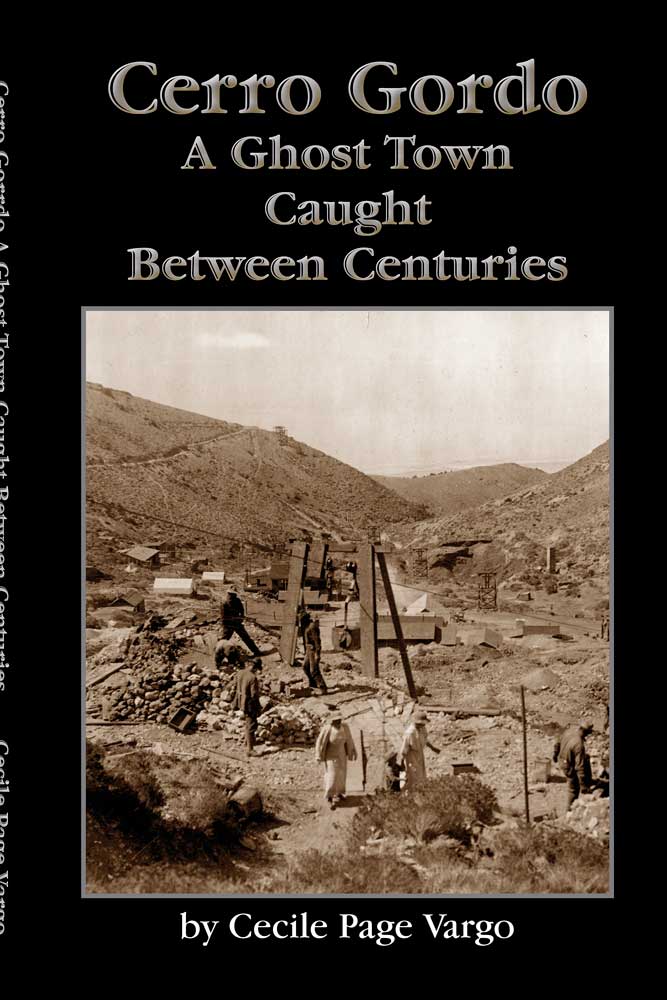 |
|
Cecile
Page Vargo's collection of Cerro Gordo stories, true, farce
and somewhere in between, is being published in a new book,
Cerro Gordo A Ghost Town Caught Between Centuries.
ISBN: 978-0970025869
The book
gives glimpses of Cerro Gordo from the silver and lead
mining days through the early twentieth century zinc era to
its modern place as, according to author Phil Varney,
"Southern California's best, true, ghost town." There's even
a possible solution to the location of the fabled "Lost
Gunsight
Mine" that former Cerro Gordo owner Mike Patterson
once suggested.
We are
proud to team with the Historical Society of the Upper
Mojave Desert (HSUMD) in Ridgecrest, Calif., to bring Cerro Gordo
A Ghost Town Caught Between Centuries to print. This is
their first major publishing venture. The book is
available for sale directly from HSUMD or through selected
book sellers.
Contact
HSUMD directly to order:
P.O. Box 2001, Ridgecrest, CA. 93556-2001.
Phone: 760 375-8456
Email: hsumd@ridgenet.net
Announcing our Arcadia Publishing Book:
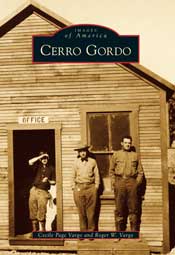
Cerro Gordo
by
Cecile
Page Vargo and Roger W. Vargo
ISBN: 9780738595207
Arcadia Publishing Images of
America series
Price: $21.99
128 pages/ softcover
Available
now!
(Click the cover image for ordering information)
Available
at area bookstores, independent retailers, and
online retailers, or through Arcadia Publishing at
(888)-313-2665 or
online.
|
|
|
 |
|
 |
|
Mules can
taste the difference--so can you |
|
 |
 |
|
Friends
of Last Chance Canyon is a new organization interested in
sustaining and protecting areas within the El Paso
Mountains, near Ridgecrest, California. The main focus is
preserving and protecting historic sites like Burro
Schmidt's tunnel and the Walt Bickel Camp.
Please click
on either logo to visit the FLCC site. |
|
|
We
support |
|
 |
|
|

Bodie Foundation
"Protecting Bodie's Future by Preserving Its Past |
|
|
 |
|
|
|
Click on Room 8's
photo or phone
951-361-2205
for more information. |
|
|
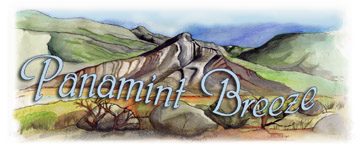 |
|
The Panamint Breeze is a newsletter for people who
love the rough and rugged deserts and mountains of
California and beyond.
Published by Ruth and Emmett Harder, it is for people who
are interested in the history of mining in the western
states; and the people who had the fortitude to withstand
the harsh elements.
It contains stories of the past and the present; stories of
mining towns and the colorful residents who lived in them;
and of present day adventurers.
Subscriptions are $20 per year (published quarterly –
March, June, September & December) Subscriptions outside the
USA are $25 per year. All previous issues are available.
Gift certificates are available also.
To subscribe mail check (made payable to Real Adventure
Publishing) along with name, address, phone number & e-mail
address to: Real Adventure Publishing, 18201 Muriel Avenue,
San Bernardino, CA 92407.
For more information about the
Panamint Breeze e-mail Ruth at: echco@msn.com |
|
|
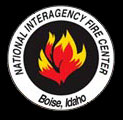 |
|
It's always FIRE
SEASON! Click the NIFC logo above to see what's burning. |
|
|
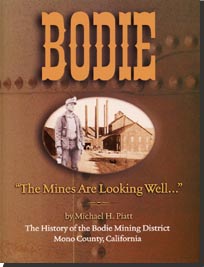 |
|
Visit Michael
Piatt's site,
www.bodiehistory.com, for the truth behind some of
Bodie's myths. |
|
|

Credo Quia Absurdum |
|
Explore Historic California! |
|
Not too many years ago, the family station wagon was the
magic carpet to adventure. Today, that family station wagon is likely to
be a four wheel drive sport utility vehicle or pick up truck. SUV's and
other 4x4's are one of the best selling classes of vehicles. Ironically,
industry statistics show that once purchased, few owners will dare to
drive their vehicles off the paved highway.
Click your mouse through
the
website and enjoy our armchair adventures and the histories behind them.
|
|
Hand Me Down a Bag
of Beans
By Cecile Page
Vargo
|
Back in
the days of mines and men, the hard rock miners of Whiskey
Flat (near present day Kernville, Calif.) would spend long
hours pounding away at their drills, lucky to gain a few
inches each day. By the time Saturday night would come
around they had a six inch deep hole in the rock to show
off. They called it a day, and headed in to town to spend
their Sunday. By the time Sunday was over and Monday brought
them back to work, one miner took a look at the hole they
had left and swore that the rock was so hard the holes they
originally drilled were sticking out a good two inches,
making double and triple work for them.
|
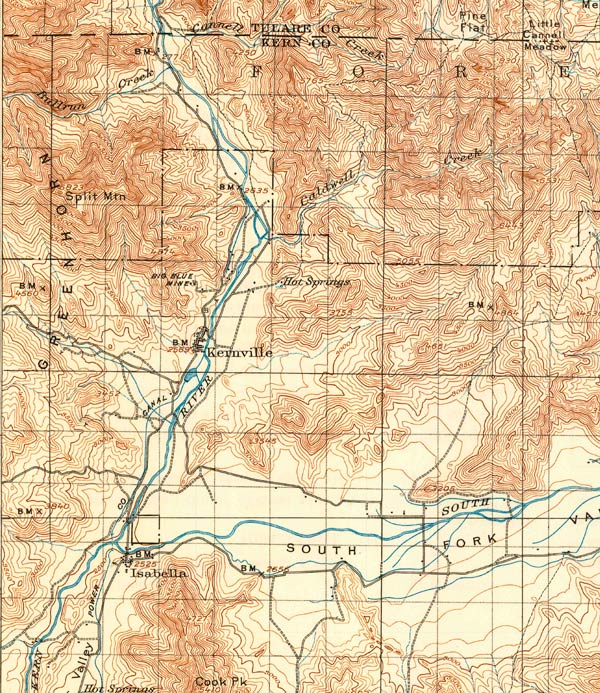 |
|
USGS
1908 map of the Kernville area. Whiskey Flat was
located slightly south of "old" Kernville on the
banks of the Kern River. The site of Kernville as
shown on this map is now under the waters of Lake
Isabella. The town was relocated north to the
Burlando Rancho when Lake Isabella was completed in
1953. |
The week
went by, drilling and blasting until they ran out of powder
at the mine. Supplies and more powder weren’t due in for
several days. Discussions turned to the Incas of Peru and
their great irrigation canals consisting of tunnels through
the hardest rock formations made without steel or explosives
at their disposal. Speculation began among the miners, that
there must have been some use of a force provided by nature
to aid in disintegrating the rock, since there was only the
simplest of tools available to the Incas. It was noted that
beans were a large staple of the Incas, and had quite an
expansive power.
The
miners began to drill four holes into the drift of their
mine, placing one at the top, one at the bottom, and one
each side half way to the top. This accomplished, they
filled the holes two thirds of the way up with beans that
the cook had intended for that night’s dinner. Warm water
was then forced in the holes to the point of bean
saturation; then the holes were tamped hard and tight in the
same manner they would tamp a blast with sand.
For
thirty minutes the miners leisurely waited to see what would
develop. An occasional snap or crackle could be heard, until
the rock in the face of the drift started to bulge out. The
whole face of the drift began to bulge more and more as time
went by, until a crash similar to one made by a mass of
falling mortar, was heard. Before the miners' very eyes, the
tock vein forming the face of the drift fell out in broken
chunks up to the full two foot depth of the holes they had
drilled.
The
miners whooped and hollered and did the "happy dance" as
they had resurrected the secret of the Incas from oblivion
and used it to their own effect there in the southern
mountains of the Sierra Nevada at Whisky Flat, California.
Gone were the days of dangerous explosives killing and
maiming many a miner. Beans would be the sole explosive as
long as the men worked the mine. The miners eventually grew
old and went their separate ways, their discovery remaining
non-patented waiting for some enterprising young modern men
to re-discover it and make a fortune on the explosive power
of within a bag of beans.
General
Freeman Discovers Principals of Expansion
The
power of beans, of course has always been known to anyone
who ate them. But it was a General Freeman who discovered
their first principals of expansion up at his mill at
Greenhorn, near Whiskey Flat, and it was his story that
attracted the miners of Whisky Flat and their discovery of
the great Inca secret. The General was fond of telling the
story of his turn to cook on a Saturday evening instead of
going into Whiskey Flat with them.
A large
open fireplace took up the entire width of the cook’s
cabin. It was so big that an oak log could be rolled in and
used for several days. Next to the fire was a large forty
gallon copper kettle. Seeing as it was cool weather, General
Freeman decided he could cook up enough beans in that kettle
for the entire week, eliminating the need for cooking every
day. He filled the kettle nearly full with water, then hung
it on a hook in the chimney of the fireplace, grabbed a
nearby sack of beans and started pouring them into the
water. In the midst of pouring, the General tripped and the
whole sack of beans emptied into the kettle. He had other
chores to tend to before heading to church down at Whiskey
Flat with his mining partners, so decided to just let it go.
Following
his chores, General Freeman headed down to church and forgot
about the beans in the kettle hanging on the chimney in the
cabin. The meeting was extra long that Sunday, and the
General and his partners, Sam May, Long Moore and Leon
Mathews, did not return until well after dark that evening.
As they reached the cabin built of pine logs, one of the men
attempted to open the door, which opened toward the inside.
As it would not budge, General Freeman tried, and decided
that someone must be inside and fastened the door shut. They
went around to a back door, but had no better luck getting
it to budge.
Perplexed
as how to get in to their cabin, the men decided to climb up
the chimney and crawl inside. Upon attempting to do so, the
chimney appeared to be clogged. General Freeman climbed up
the roof, got into the chimney himself, and reached down to
feel what he was standing on. “Boys get an ax and split that
door to pieces. The devil has been here while we were
worshiping at Whiskey Flat” he announced.
As the
door to the cabin was split, beans began rolling out.
Shovels and shovels full were piled away from the cabin
until the miners could get inside. The beans filled the
cabin to the roof, and everything steamed like a Turkish
bath. A tribe of Indians on the South Fork of the Kern River
(or Rio Bravo) were sent for to help carry away the beans
before they soured and created an epidemic. General Freeman
vowed ever after never to try any more experiments with
beans.
|
Hand Me Down That Can O' Beans
from Paint
Your Wagon
Lyrics by Alan J. Lerner, Music by Frederick Lowe
Well hand me
down that can o' beans
Hand me down that can o' beans
Hand me down that can o' beans
I'm throwing it away
Out the winder go the beans
Out the winder go the beans
Out the winder go the beans
I had a lucky day
Mary, my Mary, my sweet young Mary
We're going out this evening
Mary, my Mary
I'm gonna take you out tonight
So hand me down that can o' beans
Hand me down that can o' beans
Hand me down that can o' beans
I'm throwing it away
Out the winder go the beans
Out the winder go the beans
Out the winder go the beans
Go the beans, go the beans
Good times are here to stay
Hand me down my can o' beans
Hand me down my can o' beans
Hand me down my can o' beans
I'm thowin' it away
Out the winder go the beans
Out the winder go the beans
Out the winder go the beans
I had a lucky day
Mary, M-M-M-Mary
My cute young Mary
We're goin' out this evening
Mary, M-M-M-Mary
I'm gonna take you out tonight
So, hand me down that can o' beans
Hand me down that can o' beans
Hand me down that can o' beans
I'm throwin' it away
Out the winder go the beans
Out the winder go the beans
Out the winder go the beans
Go the beans, go the beans
Good times are here to stay
Yeah!
Hand me down that can o' beans
Hand me down that can o' beans
Hand me down that can o' beans
I'm throwing it away
Out the winder go the beans
Out the winder go the beans
Out the winder go the beans
I had a lucky day
Mary, M-M-M-Mary
My sweet young Mary
We're goin' out this evening
Mary, M-M-M-Mary
I'm gonna take you out tonight
So, hand me down that can o' beans
Hand me down that can o' beans
Hand me down that can o' beans
I'm throwin' it away
Out the winder go the beans
Out the winder go the beans
Out the winder go the beans
Go the beans, go the beans
Good times are here to stay! |
|
|
|
|
|
Our Friend
Rod Duff,
ECV
July 5,
1934 - March 30, 2013
By Roger Vargo
|
|
Rod
Duff, a retired Senior Park Aid at Bodie State Historic Park
has gone to the Golden Hills March 30, 2013. Rod retired
from Bodie in 2010 after 13 years of service. During that
time he greeted thousands of visitors and was considered a
modern Bodie historical resource with his booming voice,
generous sense of humor and deep knowledge of Bodie. Rod,
also known as Forney Hobbs, Foreman of the Standard Mill,
guided thousands (if not more) on stamp mill tours and
entertained and educated countless park visitors. His vast
knowledge and vintage appearance actually convinced many
folks that he lived in Bodie during the boom years.
Rod was a member
of the Bodie 64 chapter of E Clampus Vitus and proudly
embraced Clamper values while wearing his red shirt.
For those of us
who knew Rod and worked in Bodie, the ghost town will be a
little more lonely without him.
Memorial services
are scheduled for Saturday, April 6, 2013 in Lancaster,
California. |
|
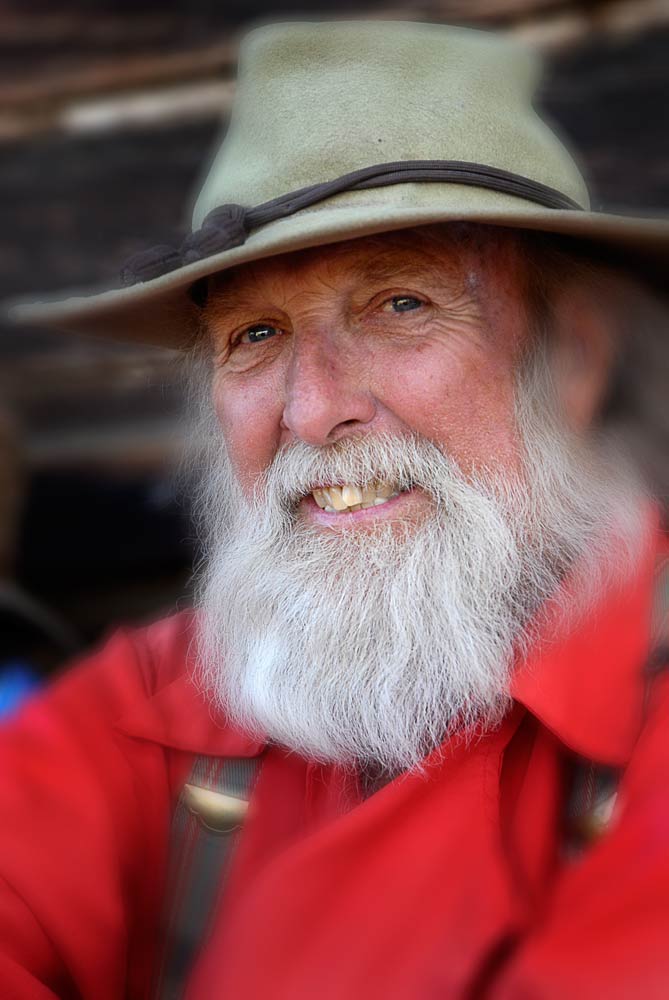 |
|
 |
|
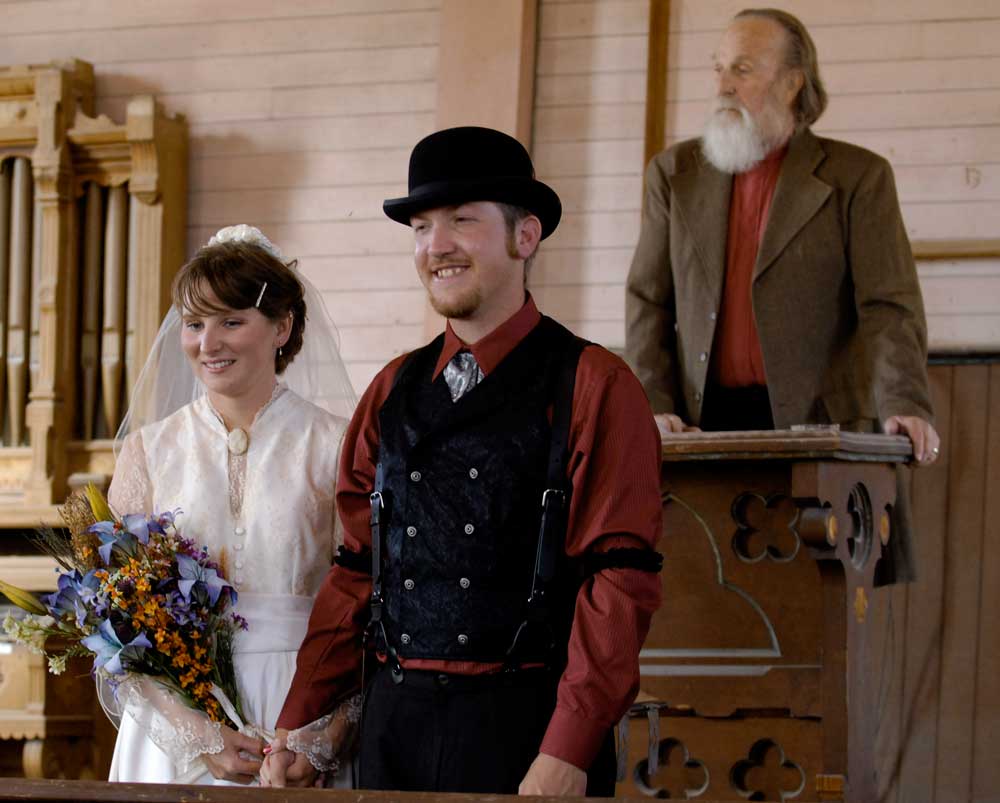 |
|
Rod was an
ordained minister and presided over several weddings in
Bodie's Methodist Church, including the 2011 nuptials of
Bodie park aids T. J. Peters and Woody Woodall. Rod also
portrayed Bodie's Methodist minister, F. M. Warrington,
during annual Friends of Bodie Day events. |
|
 |
|
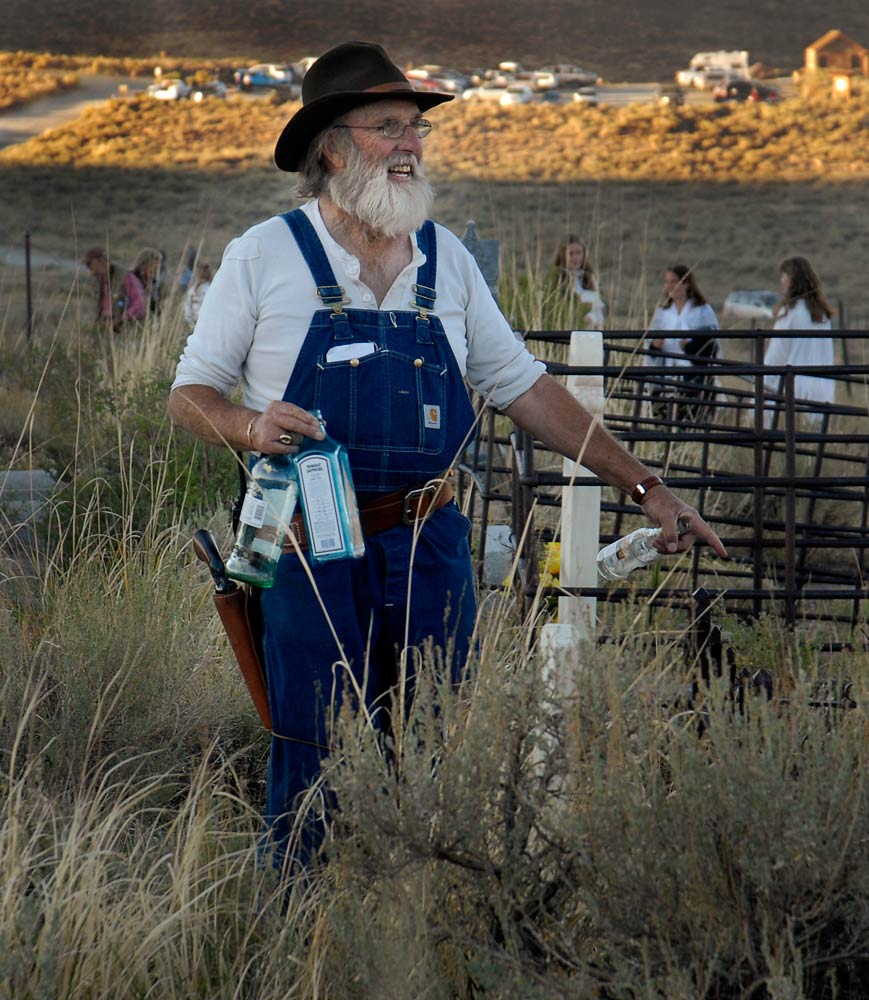 |
|
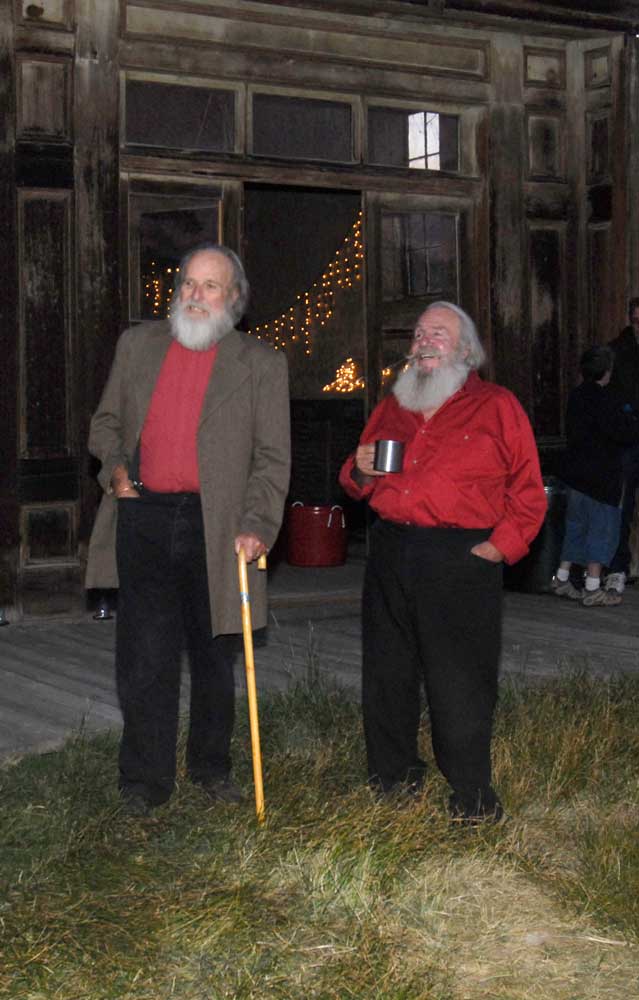 |
|
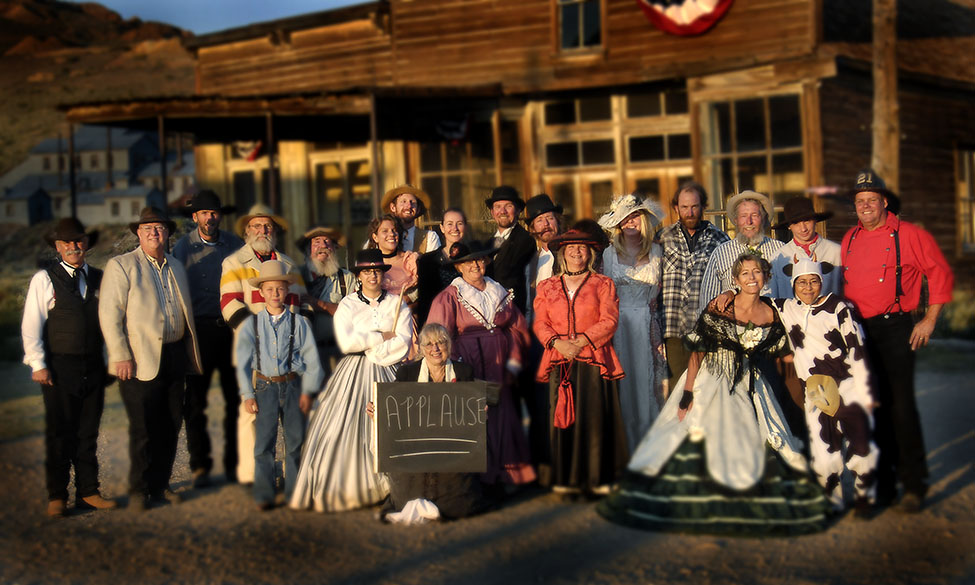 |
|
|
|
|
|
|
|
| |
|
|
|
|
|
|
|
|
| |
|
|
| |
|
|
|
|
|
|
|
|
